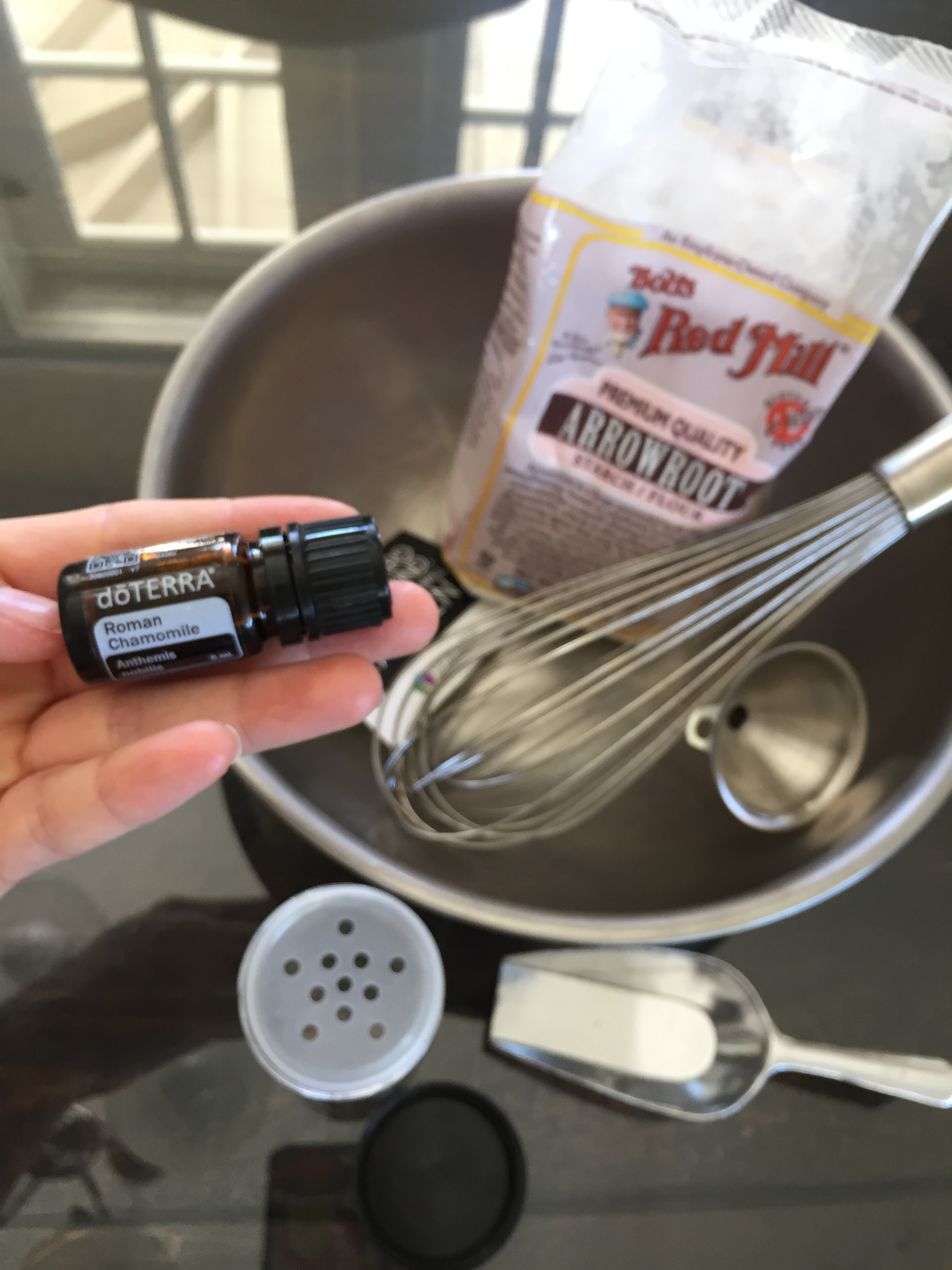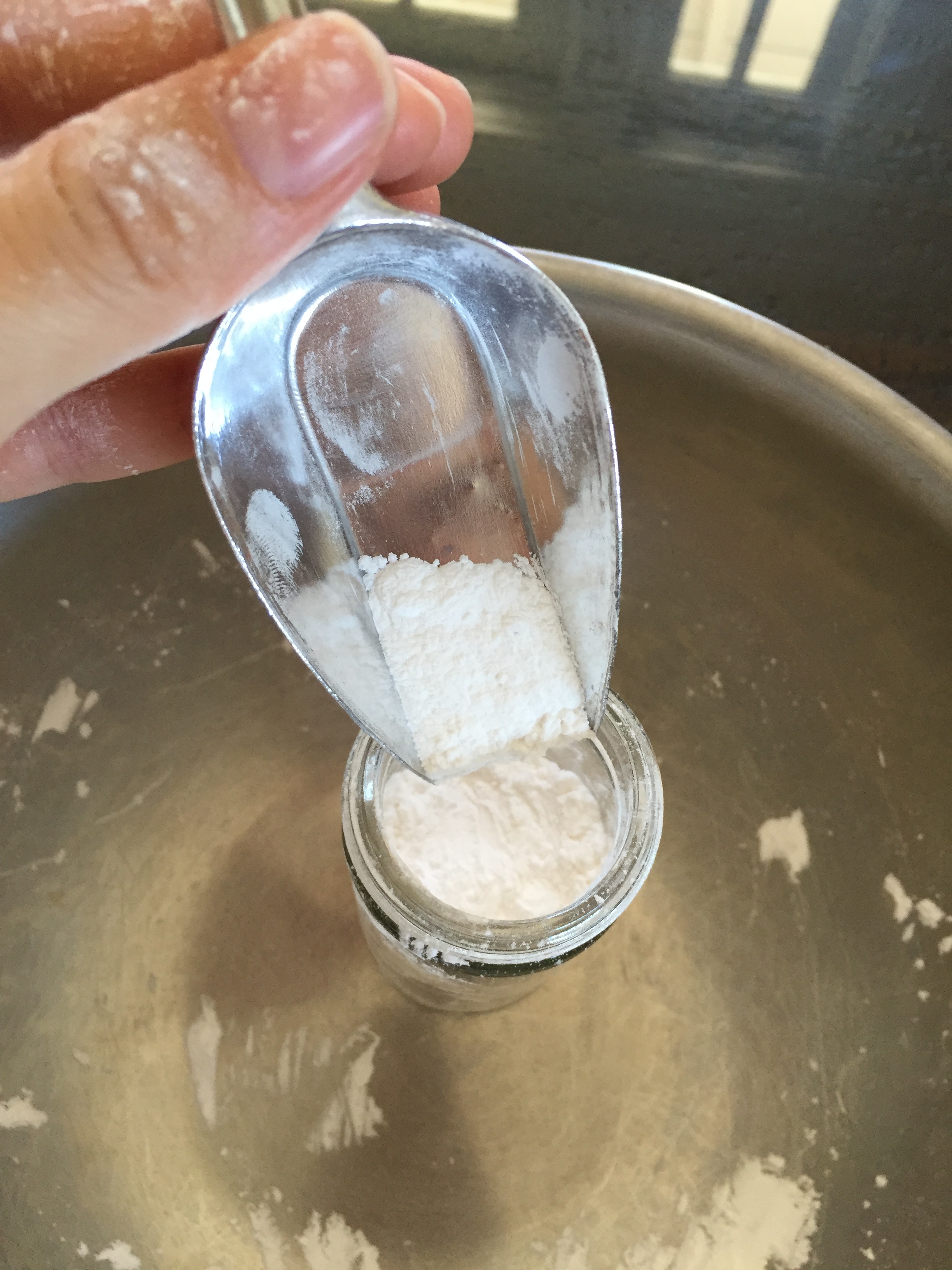After-Birth Recovery Pads (Homemade)
So we are still pregnant today which gave me a little more time to prep (during my 2 year old's nap time)... I was waiting on a shipment of supplies which arrived a couple days ago!
So, what kind of after-birth care can you prepare on your own? Well, for anyone who has given birth - you know that it doesn't always go smoothly and sometimes, you can tear you vaginal walls or can most of the time, with a very sore and swollen pelvic region for weeks! Because you have a huge open wound, you are not supposed to take a true bath nor submerge in water/ocean/or liquids (shower ok but not a bathtub) until your bleeding has stopped (average woman is 4-8 weeks) due to any uncontrolled bacteria getting into your open pelvis and going all the way up into your uterus since you have an open cervix... (yikes!). And so, the options are not very much - a siz bath (the hospital gives this mini booty-sit-in-bath that you use only a couple times and throw out) or you can use what many wives-tales talk of; Witch Hazel Pads.
I did not use witch hazel pads or any real remedy to relieve my pelvis after my first 2 births, but now, I know better and have access to essential oils which really have been a blessing in coping with pregnant pains as well as all stress and health issues in general... Essential Oils mixed with the plant essence "Witch Hazel" is supposed to be one of the gentle and safe ways you can indeed soothe any rips, stretched out vaginal skin and vaginal-varicose veins (which is an untalked of symptom of pregnancy). Freeze your remedy soaked pads beforehand so they are ready for you when you come home form the hospital (or are ready cleared from your midwife at your home birth).
You need:
- Cloth Pads (reusable menstrual kind or Hemp Pad inserts) or Clean Wash Cloths
- Witch Hazel Liquid (no other additives)
- Essential Oils
- Bowl to mix in (preferably not plastic as essential oils can bind with plastic and pull toxins into mixture)
- a mason jar or some kind of closable container that can freeze
- Freezer or Fridge
Heres what I did:
I poured about 1/3 cup of Witch Hazel (I got mine online - message me for info) into a mason jar
+
Essential Oils that are proven to relieve the skin, surrounding veins, calm mind, and are safe for wounds and baby (in case you touch it while pregnant or it gets onto baby):
3 Drops of Doterra Lavendar
3 Drops of Doterra Geranium
3 Drops of Doterra Frankensince
(To purchase, you can contact me for info and Wholesale Rates or buy direct at https://www.mydoterra.com/sarahnaomichristensen/#/)
Close Mason Jar, shake/swirl together to even out the oils.
Open the Pads or the Wash Cloths to lay out in a bowl.
Pour the Mixture evenly over the inside of the pads (the part that will touch your perineum).
Let the pads soak a little in the mixture before rolling them up and fitting them into the Mason Jar to be stored.
*You may pour remaining mixture from bowl into the mason jar to further soak the pads, however, you do not want enough liquid to freeze the cloths shut where they will be difficult to open).
Close jar, freeze, and LABEL (so they don't get touched by others or contaminated).






































